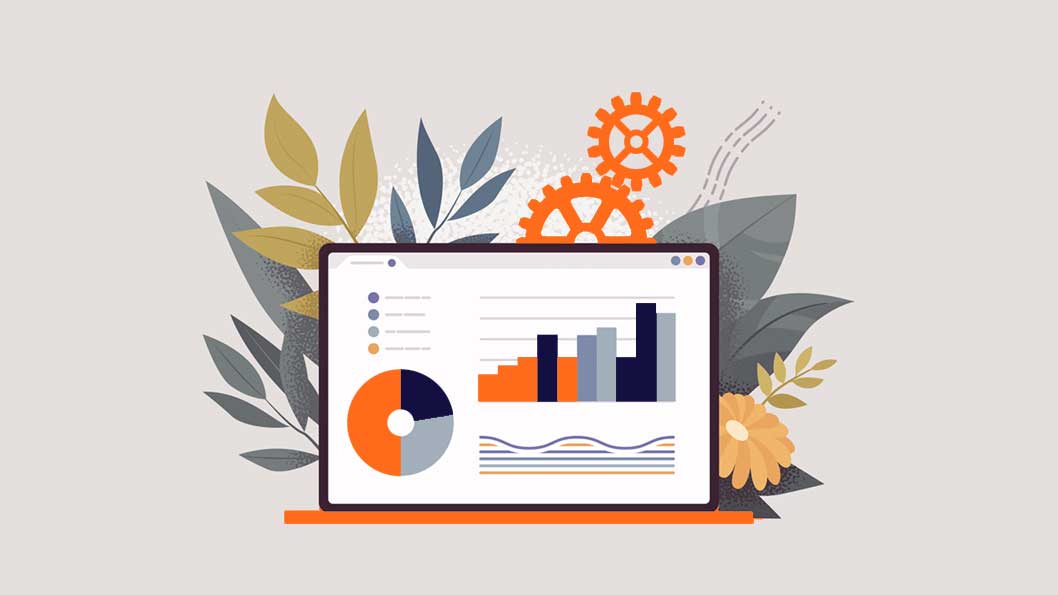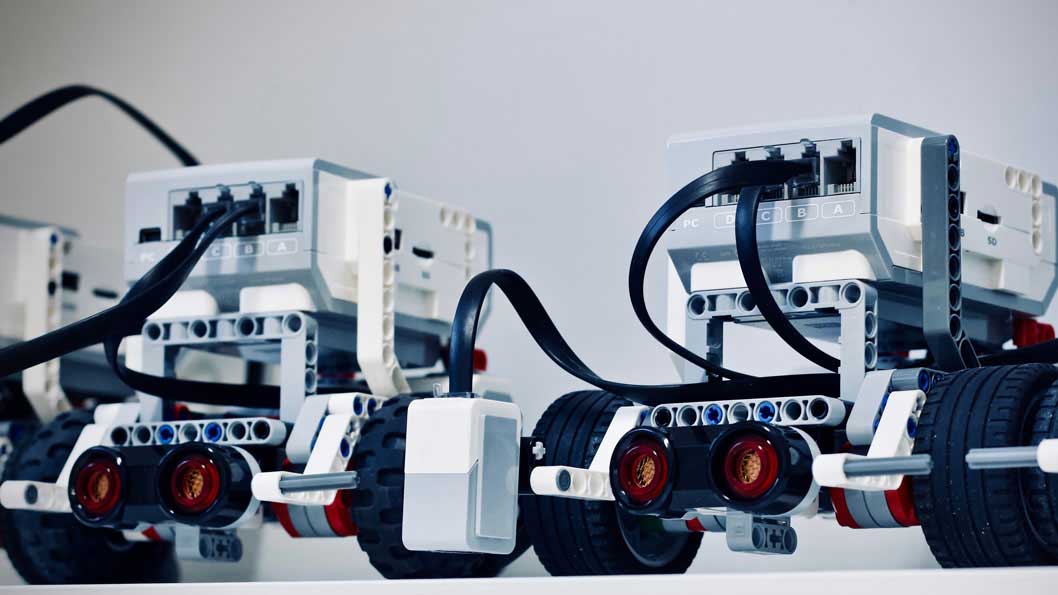
spacebands is a multi-sensor wearable that monitors external, environmental hazards, anticipates potential accidents, and gives real-time data on stress in hazardous environments.
Sign up to the mailing list:
Subscribe


Every workplace injury has two costs: the human toll and the financial impact. For decades, health and safety has often relied on paperwork, lagging indicators, and reactive measures — waiting until after an incident has already happened before taking corrective action.
But in a world where we can track our heart rate from a watch and predict traffic jams before leaving the house, why should safety still be reactive?
Data-driven safety is the shift that workplaces need. By capturing and analysing real-time information on risks — from noise exposure and hand-arm vibration to PPE compliance and near misses — companies can move from firefighting to foresight. The result? Fewer injuries, healthier employees, and a stronger bottom line.
The scale of the problem is bigger than many realise. According to the UK Health and Safety Executive (HSE), workplace injury and ill health cost businesses £20.7 billion in 2021/22. Each non-fatal injury carries an average cost of around £15,700, while the cost of a fatality can stretch into millions once compensation, lost productivity, and reputational damage are factored in.
Beyond the numbers, injuries disrupt workflows, strain already stretched teams, and erode morale. Managers often find themselves bogged down in administrative tasks — reporting incidents, managing claims, and coordinating temporary cover — instead of focusing on productivity.
Traditional safety systems only catch up once the damage is done. By contrast, a data-driven approach provides early warning signs: noise levels creeping into dangerous zones, workers spending too long on vibrating machinery, or near misses in a particular loading bay. When data paints the picture in real time, prevention becomes achievable — and far less costly than cure.
Data-driven safety isn’t just about installing sensors or collecting numbers for the sake of it. It’s about turning information into insight — and then into action.
At its core, it means using technology to capture and analyse the kinds of exposures and behaviours that often go unnoticed until it’s too late. Think of it as moving from guesswork to evidence.
This approach transforms safety management from reactive box-ticking into a proactive strategy. Rather than waiting for an accident investigation to reveal weaknesses, companies can spot risks before anyone gets hurt.
In short, data-driven safety is like switching on the lights in a dark room: the hazards were always there — but now, you can see them clearly.

When safety decisions are backed by hard data rather than hunches, the impact is felt across the whole business. The benefits go far beyond compliance checkboxes — they create lasting improvements in both worker wellbeing and financial performance.
1. Fewer injuries, fewer claims
By identifying risks before they escalate, businesses can prevent accidents instead of responding to them. Each avoided injury means savings on compensation, downtime, and insurance costs.
2. Stronger regulatory compliance
Data creates an indisputable record. From HSE inspections to ISO audits, having accurate logs of noise exposure, vibration use, or PPE compliance demonstrates due diligence and reduces the risk of fines.
3. Productivity gains
A healthier workforce is a more productive one. Reducing fatigue, illness, and injury helps keep operations running smoothly — with less disruption from staff absence or retraining.
4. Financial ROI
The upfront investment in monitoring technology pays for itself quickly. The cost of preventing a single serious accident often outweighs years of proactive safety spending.
5. Safer culture, stronger reputation
Data builds transparency. Workers know risks are being tracked fairly, managers can prove safety improvements, and the business develops a reputation as an employer that genuinely protects its people.
The power of data-driven safety isn’t theoretical — it’s already reshaping how high-risk industries manage day-to-day hazards. Here are some of the most common applications where data makes an immediate difference:
Noise Monitoring
Excessive noise can lead to irreversible hearing loss. Wearables and sensors can track exposure levels in real time, logging when thresholds are breached and helping managers ensure workers rotate tasks before reaching unsafe limits.
Hand-Arm Vibration (HAVS) Prevention
Prolonged use of vibrating tools is one of the most under-reported hazards in construction and manufacturing. Data-driven monitoring allows employers to track exposure against HSE’s Exposure Action Values, ensuring workers don’t exceed safe daily limits.
Collision Avoidance in Logistics and Construction
Forklifts, heavy machinery, and site vehicles pose a constant risk to workers. Proximity sensors and wearables can trigger real-time alerts when a worker gets too close — drastically reducing the chance of accidents in busy yards and warehouses.
PPE Compliance
It’s one thing to provide hearing protection or helmets; it’s another to know they’re being used correctly. Smart wearables can issue prompts when PPE isn’t worn in designated areas, reducing human error and reinforcing safe habits.
Access Control and Zone Monitoring
Unsafe or restricted areas can be automatically flagged when unauthorised access occurs. This prevents accidents, protects sensitive areas, and provides clear audit trails of safety breaches.
Together, these applications paint a clear picture: data doesn’t just record risk — it actively reduces it.
For many organisations, the idea of moving to a fully data-driven safety model can feel daunting. Concerns about cost, complexity, or worker pushback often stand in the way. But in practice, these barriers are easier to overcome than most assume.
“It’s too expensive.”
The cost of implementing modern safety wearables or dashboards is often far lower than expected — and almost always cheaper than the cost of a single injury claim or regulatory fine. Data-driven safety should be viewed as an investment with measurable ROI, not just a compliance expense.
“It will be too complicated to manage.”
Today’s technology is designed for simplicity. Instead of endless manual spreadsheets, automated systems handle the heavy lifting: tracking, logging, and reporting. Managers get clear dashboards, and frontline staff only see prompts or alerts when it matters.
“Our workers won’t accept it.”
Resistance usually comes from a fear of surveillance. Framing the technology as a safety tool, not a spy tool is key. Workers quickly see the benefits when alerts prevent overexposure, fatigue, or close calls with machinery. Many employees embrace it once they realise it’s about protection, not punishment.
“We don’t have the time to roll it out.”
Most wearable systems can be deployed in weeks, not months. With minimal training and intuitive dashboards, businesses often see results — and measurable improvements — almost immediately.
In reality, the biggest barrier is mindset. Once businesses shift from seeing safety as a “necessary cost” to recognising it as a strategic investment, adoption becomes much easier.

The most forward-looking companies are already proving that data-driven safety is not just about compliance today, but about competitive advantage tomorrow.
From lagging to leading indicators
Traditionally, safety has been measured by what’s already gone wrong — accident reports, insurance claims, lost-time incidents. Data shifts the focus to leading indicators like exposure levels, near misses, and unsafe behaviours. Instead of waiting for injury statistics to accumulate, managers can see the risks in real time and act before harm occurs.
AI and predictive analytics
As more data is gathered, artificial intelligence can begin to spot patterns invisible to the human eye. Predictive models can forecast which tools, shifts, or tasks are most likely to result in injury. That means interventions can be planned in advance — moving workers, adjusting rosters, or upgrading equipment before an accident happens.
Safety as a culture, not a checkbox
With accessible dashboards and transparent reporting, safety becomes embedded into everyday operations. Workers understand why exposure limits matter, managers can celebrate improvements, and leadership has hard evidence of reduced risk.
The competitive edge
Beyond protecting people, businesses that embrace data-driven safety demonstrate responsibility to regulators, investors, and clients. In industries where contracts often hinge on safety records, having live, provable safety data can win work and strengthen reputations.
The future belongs to companies that treat safety data as a strategic asset — not just a compliance requirement.
Workplace safety has always been about protecting people. But in today’s high-pressure industries, it’s also about protecting businesses — from fines, from costly claims, and from the productivity drain of preventable injuries.
Data-driven safety is the bridge between those two goals. It empowers managers with real-time insight, turns compliance into confidence, and transforms safety from a reactive cost centre into a proactive source of ROI.
The companies that embrace this shift will see fewer injuries, stronger cultures, and measurable financial benefits. Those that don’t risk falling behind — or worse, facing the consequences when the avoidable becomes inevitable.
If you’re ready to see how data-driven safety can lower risks and costs in your workplace, try one of our free online calculators or book a demo with Spacebands. You’ll see how easy it is to collect the right data, interpret it clearly, and act on it with confidence.
Because the future of safety isn’t guesswork — it’s data.

1. What does “data-driven safety” actually mean?
Data-driven safety means using measurable, real-time information to protect workers. Instead of relying on accident reports after harm has happened, employers use wearables, sensors, and dashboards to track risks like noise exposure, vibration use, and near misses — so they can act before injuries occur.
2. Why is data-driven safety better than traditional reporting?
Traditional reporting is reactive: it only highlights risks once someone is hurt. Data-driven systems provide early warnings, highlight unsafe patterns, and help managers make proactive decisions. The result is fewer injuries, less downtime, and stronger compliance.
3. How does data-driven safety save businesses money?
By reducing accidents, businesses save on insurance claims, legal costs, fines, and lost productivity. Automated logging also cuts admin time and gives managers clear visibility, making safety management more efficient.
4. Which industries benefit most from data-driven safety?
Any sector with physical risks can benefit, but industries like construction, logistics, manufacturing, shipping, and warehousing see the biggest gains. These environments often involve noise, vibration, heavy machinery, or moving vehicles — areas where real-time monitoring is most powerful.
5. How can a company get started with data-driven safety?
The best approach is to start small. Wearables and monitoring tools can be rolled out quickly, often within weeks. Once data is flowing into dashboards, businesses can identify risks, make improvements, and expand their use of data over time. With modern tools like Spacebands, it’s simple, scalable, and cost-effective.
We think you'll also find the articles below really useful
Join 5,000 H&S professionals and sign up for the spacebands monthly newsletter and get the latest blogs, free resources, tools, widgets and a dose of health & safety humour.

spacebands is a multi-sensor wearable that monitors external, environmental hazards, anticipates potential accidents, and gives real-time data on stress in hazardous environments.
